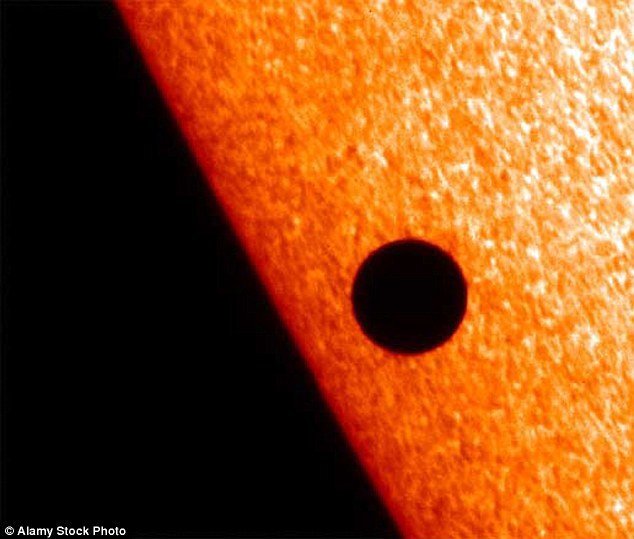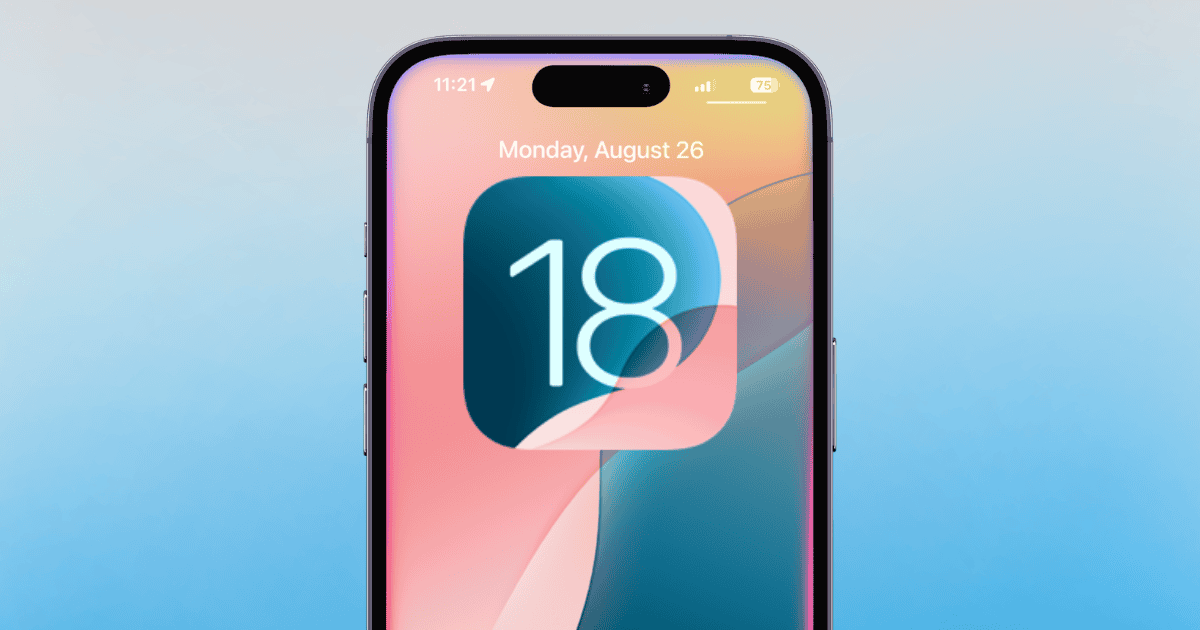It is almost impossible to cover the sun but on this 9th of May, the smallest planet in the solar system will try its best to do so.
The transit of mercury – it means the time when the Sun, our planet, and Mercury fall in the same line. It is a rare astronomical phenomenon that takes place for 13 times in a century. Scientists have already calculated the dates for transit.
On 9th of May, the mercury will appear in front of the sun. it will appear as a small black dot because of its small size in comparison with Sun. As mercury travels from one end of the sun to another, it will take around 2 hours and 20 minutes and this transit can be seen from several parts of India.

In Delhi, the event can be seen for around 2 hours and 20 minutes and the event is calculated to begin by 4:41 PM and end by 7:01 PM.
Occurring for around 13 times a year, the event has its own importance as it takes place only in the months of May and November. Scientists have further reported that the time gap between one November transit and the next one maybe 7,13 or 33 years. Whereas, the time gap between May transits can be 13 or 33 years.

In Mumbai, Kolkata and Chennai, the event is scheduled to start at the same times as in Delhi. However, it will be seen for around 2 hours 24 minutes, 1 hour 26 minutes and 1 hour 45 minutes respectively.
Because of the timings of the transit, it will be visible from most of the parts of Asia except southeastern parts and Japan.
Note: You should always wear protective gear and use a filter like aluminised Mylar or black polymer to view the sun.
















